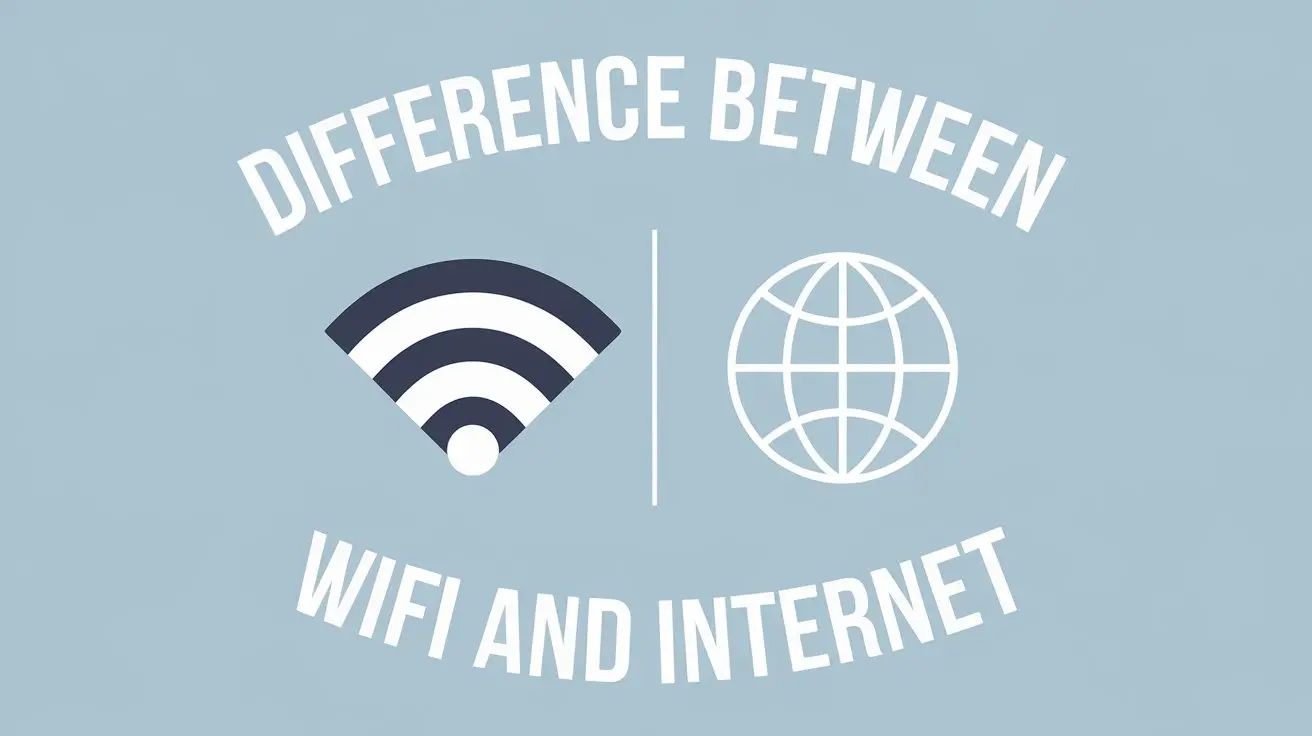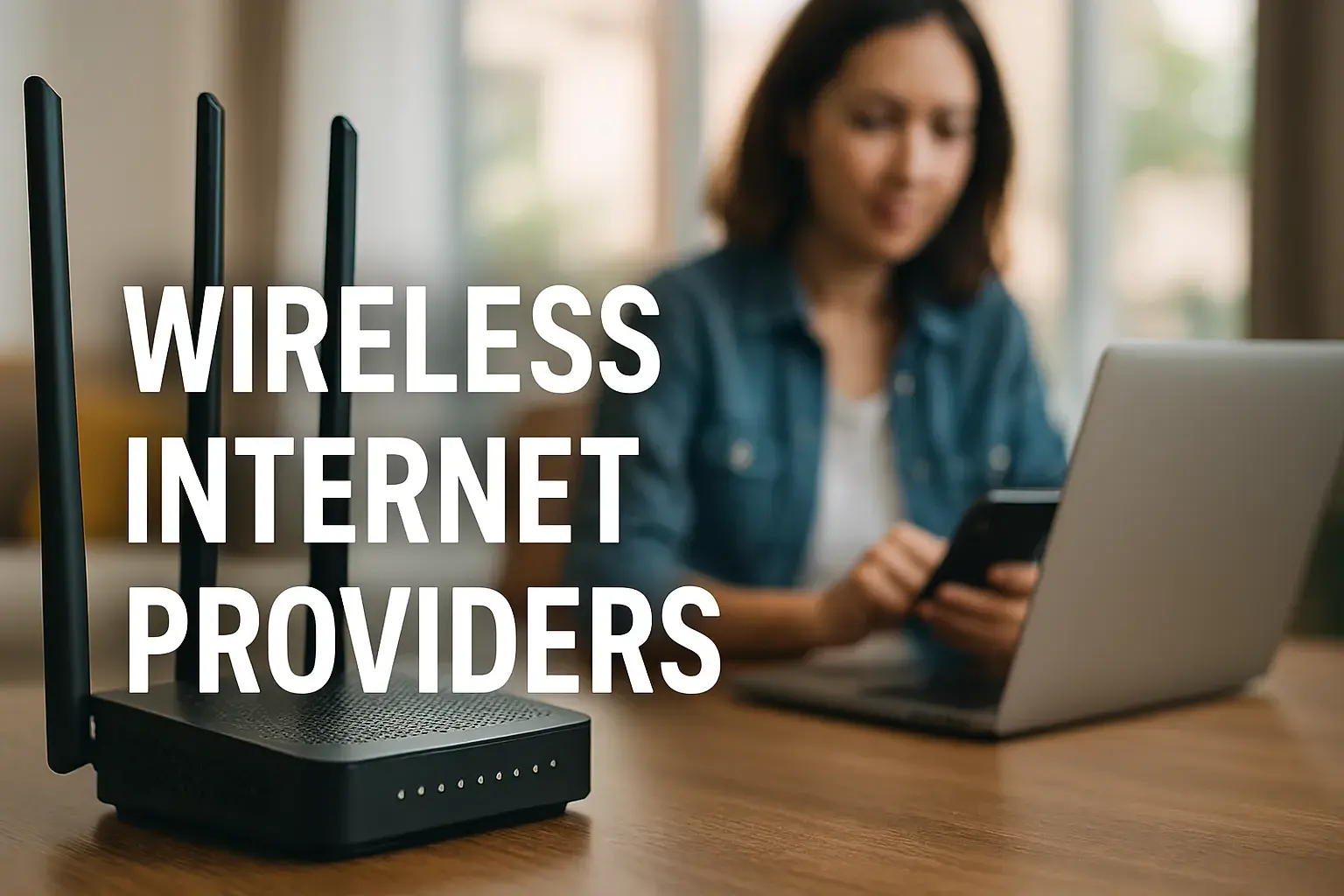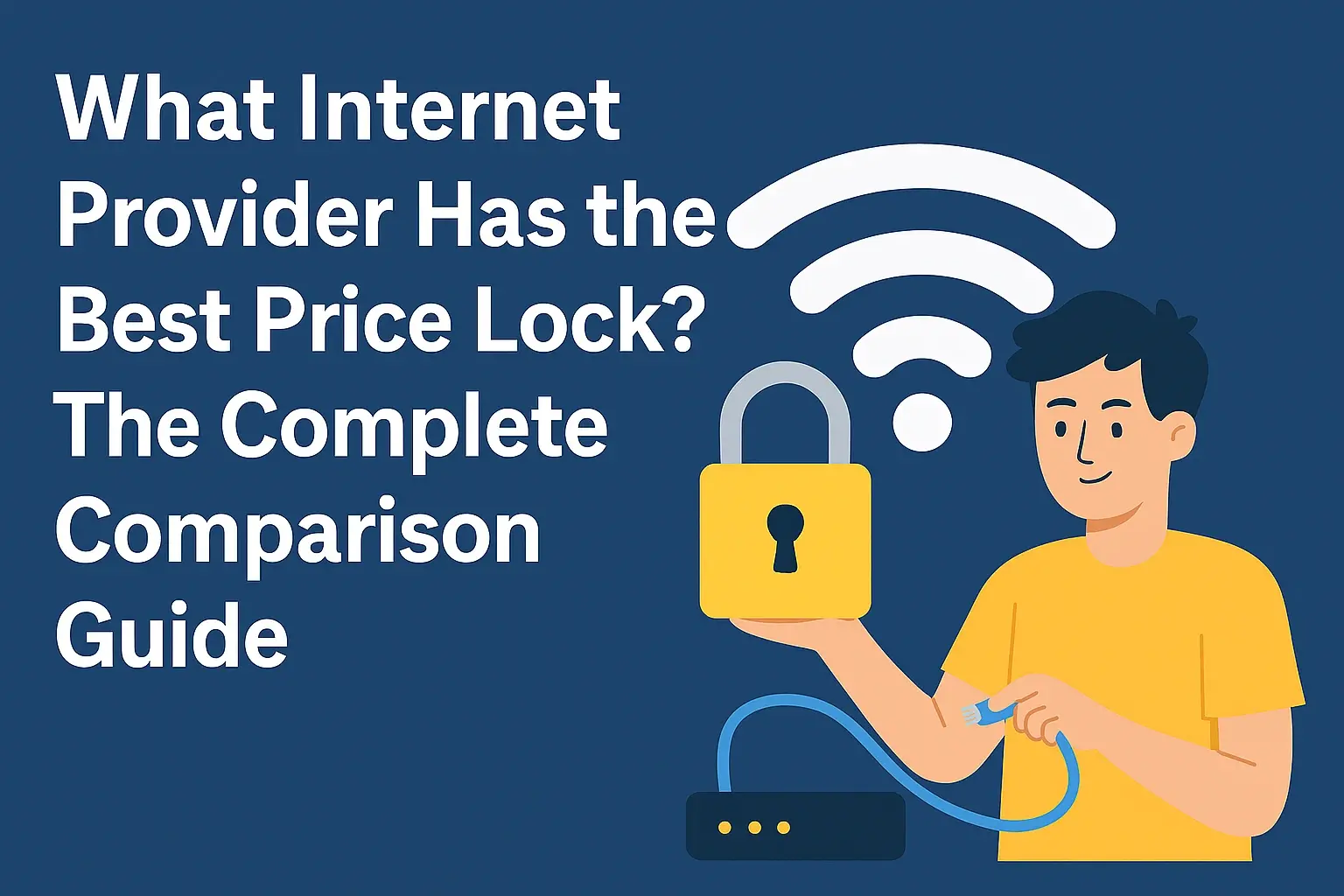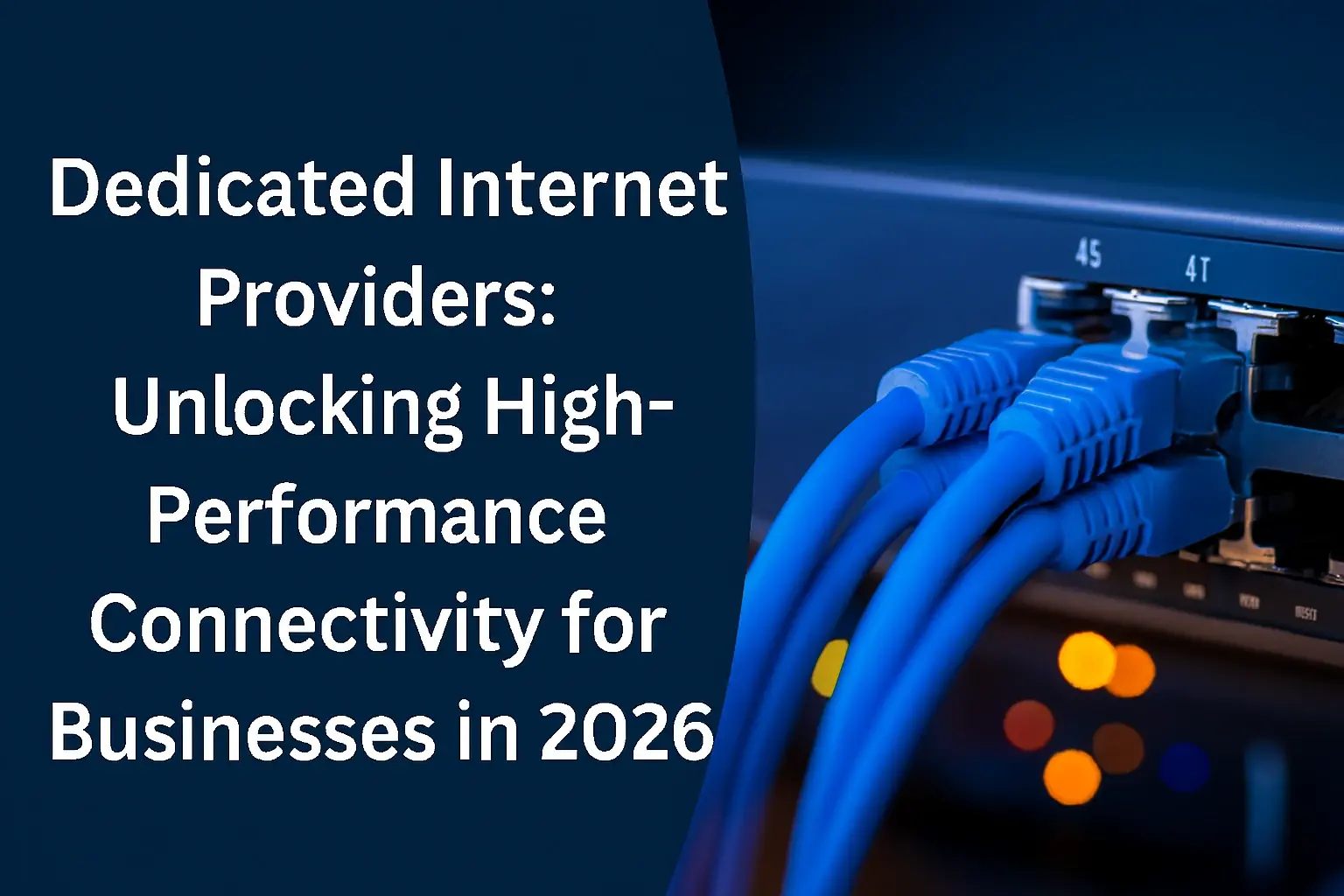
Understanding the difference between Wi-Fi and the Internet is crucial in today's connected world. While often used interchangeably, they are distinct technologies. This guide clarifies their roles, helping you navigate your home network and the global web with confidence.
What is Wi-Fi?
Wi-Fi, a term derived from "Wireless Fidelity," is a wireless networking technology that allows devices to connect to the internet or to each other without physical cables. It operates using radio waves, typically within the 2.4 GHz and 5 GHz frequency bands, to transmit data. Think of Wi-Fi as the local highway system that connects your home or office devices to a larger network.
The core of a Wi-Fi network is the wireless router. This device acts as a central hub, receiving an internet signal from your Internet Service Provider (ISP) via a modem and then broadcasting it wirelessly. Devices equipped with Wi-Fi capabilities, such as smartphones, laptops, tablets, smart TVs, and gaming consoles, can then detect and connect to this Wi-Fi signal, enabling them to access the internet or communicate with other devices on the same local network.
Wi-Fi standards, governed by the IEEE 802.11 family of protocols (e.g., 802.11ac, 802.11ax or Wi-Fi 6), define the speed, range, and efficiency of wireless connections. Newer standards offer faster speeds, greater capacity, and improved performance, especially in crowded wireless environments. For instance, Wi-Fi 6 (802.11ax) was designed to handle the increasing number of connected devices and the demand for higher bandwidth, offering significant improvements over its predecessors like Wi-Fi 5 (802.11ac).
The security of Wi-Fi networks is also a critical aspect. Protocols like WPA2 and WPA3 are employed to encrypt the data transmitted over the wireless connection, preventing unauthorized access and protecting sensitive information. Understanding these basic components and standards is the first step in grasping the distinction between Wi-Fi and the Internet.
How Wi-Fi Works
At its heart, Wi-Fi is a form of radio transmission. A wireless router has an antenna that emits radio waves carrying data. Devices with Wi-Fi adapters, which are essentially built-in radios, can pick up these waves. When you connect your device to a Wi-Fi network, it establishes a two-way communication channel with the router.
The process involves several key steps:
- Signal Emission: The wireless router broadcasts a radio signal that contains information about the network's identity (SSID) and security settings.
- Device Discovery: Your Wi-Fi enabled device scans for available networks and displays a list of SSIDs.
- Connection Establishment: When you select a network and enter the password (if required), your device attempts to connect to the router. This involves authentication and negotiation of connection parameters.
- Data Transmission: Once connected, data packets are sent between your device and the router. The router then routes these packets to the internet (if the connection is for internet access) or to other devices on the local network.
- Data Reception: Incoming data from the internet or other devices is received by the router and then transmitted wirelessly to your device.
The range of Wi-Fi is typically limited, usually extending up to a few hundred feet (around 30-100 meters) in ideal conditions, though this can be affected by walls, interference, and the router's power. This localized nature is a defining characteristic of Wi-Fi.
What is the Internet?
The Internet, often referred to as the "network of networks," is a vast, global system of interconnected computer networks that use the Internet protocol suite (TCP/IP) to communicate with each other. It's a decentralized infrastructure that spans the entire planet, allowing billions of devices to share information and services.
Unlike Wi-Fi, which is a local wireless connection technology, the Internet is the actual infrastructure that enables global communication. It comprises a complex web of physical cables (including fiber optic cables laid across continents and under oceans), routers, servers, and data centers that work together to transmit data packets from one point to another, regardless of geographical distance.
When you access a website, send an email, stream a video, or use an online application, you are using the Internet. The Internet provides access to a seemingly endless array of resources, including the World Wide Web (WWW), email, file transfer protocols (FTP), and many other services. It's the backbone that supports modern digital life.
Your access to the Internet is typically provided by an Internet Service Provider (ISP). ISPs manage the infrastructure that connects your home or business to the larger global network. They offer various types of internet connections, such as DSL, cable, fiber optic, satellite, and mobile broadband, each with different speeds, reliability, and costs.
How the Internet Works
The Internet operates on a packet-switching system. When you send data, it's broken down into small packets. Each packet contains information about its destination and how to reassemble it with other packets. These packets travel independently across the network, taking different routes if necessary, and are reassembled at the destination.
Key components and concepts include:
- Protocols: The Internet relies on a set of rules called protocols, most notably the Transmission Control Protocol/Internet Protocol (TCP/IP). TCP ensures reliable data delivery, while IP handles addressing and routing of packets.
- Routers: These devices are the traffic directors of the Internet. They examine the destination IP address of each packet and forward it to the next router on the path towards its destination.
- Servers: These are powerful computers that store and serve information, such as websites, emails, and files. When you request data, a server sends it back to you.
- IP Addresses: Every device connected to the Internet is assigned a unique Internet Protocol (IP) address, which acts like a postal address for sending and receiving data.
- Domain Name System (DNS): This system translates human-readable domain names (like www.google.com) into numerical IP addresses that computers understand.
The Internet is a constantly evolving entity, with data traveling at incredible speeds across vast distances. It's the global information superhighway, and technologies like Wi-Fi are the on-ramps and local roads that allow us to access it.
Key Differences Explained
The fundamental difference between Wi-Fi and the Internet lies in their scope and function. Wi-Fi is a local area network (LAN) technology that provides wireless connectivity within a limited geographical area, while the Internet is a global network of networks providing access to information and services worldwide.
Here's a breakdown of the core distinctions:
| Feature | Wi-Fi | Internet |
|---|---|---|
| Scope | Local Area Network (LAN) - typically within a home, office, or public hotspot. | Global Wide Area Network (WAN) - connects billions of devices worldwide. |
| Function | Wireless connectivity for devices to access a local network or the Internet. | The global infrastructure that enables communication and data exchange between devices. |
| Technology | Uses radio waves (IEEE 802.11 standards) for wireless transmission. | Utilizes a complex infrastructure of cables (fiber optic, copper), routers, servers, and satellites. |
| Requirement | Requires a wireless router and a Wi-Fi enabled device. | Requires an Internet Service Provider (ISP) and a modem to connect to the global network. |
| Range | Limited (e.g., up to 100 meters indoors). | Unlimited (global reach). |
| Cost | Generally free to use once you have a router and internet service; public hotspots may charge. | Requires a subscription fee from an ISP. |
| Analogy | The wireless connection from your house to your router; the local roads within your neighborhood. | The entire road network of the world; the global postal service. |
Scope and Reach
Wi-Fi is inherently local. Its primary purpose is to create a wireless bubble around a specific location, allowing devices within that bubble to communicate. This could be your living room, a coffee shop, or a conference hall. The range is constrained by the power of the router and environmental factors like walls and interference. For example, you can connect your laptop to your home Wi-Fi, but you can't use that same Wi-Fi signal to access the internet from a different city.
The Internet, on the other hand, is global. It’s a massive, interconnected system that spans the entire planet. When you use the Internet, you are tapping into this worldwide network. Data can travel from your device, through your local network, across continents via undersea cables, and reach servers on the other side of the world in milliseconds.
Purpose and Function
Wi-Fi's function is to facilitate wireless access. It's the bridge that allows your devices to connect to a network without wires. This network could be your home network, which might be connected to the Internet, or it could be a local network for sharing files between devices without needing an internet connection at all (though this is less common for typical home users).
The Internet's function is to provide a platform for global information exchange. It's the underlying infrastructure that makes websites accessible, emails deliverable, and online services available. Without the Internet, your Wi-Fi connection would be like a road leading to nowhere.
Technology Underpinnings
Wi-Fi relies on radio frequency (RF) technology, specifically adhering to the IEEE 802.11 standards. It's a wireless communication protocol. Think of it as a specific language devices use to talk to each other wirelessly over short distances.
The Internet is built upon a complex, layered architecture of physical infrastructure and protocols. This includes fiber optic cables, copper wires, satellites, routers, switches, and the TCP/IP protocol suite. It’s a vast, interconnected system of hardware and software designed for long-distance data transmission.
How They Work Together
The relationship between Wi-Fi and the Internet is symbiotic. Wi-Fi is a means to access the Internet, but it is not the Internet itself. For most users, Wi-Fi is the primary way they connect their devices to the Internet at home or in public spaces.
Here’s the typical chain of connection:
- Internet Service Provider (ISP): Your ISP provides you with an internet connection. This connection comes into your home or business, usually through a cable, fiber optic line, or DSL.
- Modem: The modem translates the signal from your ISP into a format that your network can use. It’s the gateway from the ISP’s network to your local network.
- Router (often combined with modem): This device takes the internet signal from the modem and broadcasts it wirelessly via Wi-Fi. It also manages your local network, assigning IP addresses to devices and directing traffic. Some ISPs provide a single modem/router combo unit.
- Wi-Fi Network: Your router creates a Wi-Fi network (identified by its SSID).
- Your Devices: Your smartphone, laptop, tablet, etc., connect to this Wi-Fi network wirelessly.
- Internet Access: Once connected to the Wi-Fi network, your devices can now access the Internet through the router, modem, and your ISP's connection.
So, while you might say "I'm connecting to the internet via Wi-Fi," what you're actually doing is connecting your device to your local Wi-Fi network, which is then connected to the Internet.
Scenario Example
Imagine you're at a coffee shop. The coffee shop has an Internet connection provided by an ISP. They have a router that broadcasts a Wi-Fi signal (e.g., "CoffeeShop_Guest"). You use your smartphone to find and connect to this Wi-Fi network. Once connected, your phone can now send and receive data through the coffee shop's router, which is connected to the coffee shop's ISP, and ultimately to the vast Internet. You can browse websites, check emails, or stream music. If the coffee shop's Internet connection goes down, you'll still be connected to their Wi-Fi, but you won't be able to access the Internet.
Wired vs. Wireless Access to Internet
It's also important to note that Wi-Fi is not the only way to connect to the Internet. You can also connect your devices directly to your router using an Ethernet cable. This is a wired connection. While both wired and wireless connections (Wi-Fi) ultimately access the same Internet infrastructure, they differ in their physical implementation and some performance characteristics.
- Wi-Fi: Wireless, convenient, but can be subject to interference and slower speeds than wired.
- Ethernet Cable: Wired, generally more stable and faster, but less convenient due to cable length and port availability.
In both cases, the underlying connection to the Internet remains the same; Wi-Fi is just the method of wirelessly accessing that connection within your local environment.
Wi-Fi vs. Internet: A Simple Analogy
To truly grasp the difference, let's use a common analogy:
Wi-Fi is like the electrical wiring in your house.
The wiring carries electricity to your lights, appliances, and outlets. You can plug in a lamp (your device) into an outlet (your Wi-Fi connection) and it will work. The wiring itself doesn't create the electricity; it just distributes it within your home.
The Internet is like the power grid that supplies electricity to your entire neighborhood and beyond.
The power grid is the vast network of power lines, substations, and power plants that generate and transmit electricity over long distances. Your house's electrical wiring is connected to this massive grid, allowing you to use electricity. If the power grid goes down, your house's wiring is still there, but you won't have any electricity.
In this analogy:
- Wi-Fi Router: The junction box or circuit breaker panel in your house that distributes power to different rooms.
- Your Devices (Laptop, Phone): The appliances (lamp, TV) that use the electricity.
- ISP: The electric company that provides the power from the grid to your home.
- Internet: The entire power grid.
You can have Wi-Fi without the Internet (e.g., a local network for sharing files between two computers in the same room), just like you can have electrical wiring in your house without power from the grid (though it's not very useful). However, you cannot access the Internet without some form of connection, and Wi-Fi is a very common way to establish that local connection.
Types of Internet Connections
While Wi-Fi is the *method* of wireless access, the *type* of Internet connection you have determines the speed, reliability, and cost of your access to the global network. These are provided by ISPs and are distinct from Wi-Fi technology.
Broadband Technologies
Broadband refers to high-speed Internet access. The most common types include:
- DSL (Digital Subscriber Line): Uses existing telephone lines to transmit data. Speeds vary greatly depending on distance from the telephone company's central office. Generally slower than cable or fiber.
- Cable Internet: Transmits data over coaxial cables, the same ones used for cable television. Offers higher speeds than DSL and is widely available.
- Fiber Optic Internet: Uses strands of glass or plastic to transmit data as light pulses. Offers the fastest speeds, lowest latency, and greatest reliability, but availability can be limited and installation more complex.
Other Internet Access Methods
- Satellite Internet: Uses a satellite dish to communicate with a satellite orbiting Earth, which then relays data to and from a ground station connected to the Internet. Available in remote areas where wired broadband is not feasible, but can have higher latency and be affected by weather.
- Mobile Broadband (4G/5G): Uses cellular networks to provide Internet access to smartphones, tablets, and mobile hotspots. 5G technology offers speeds comparable to or exceeding some wired broadband options.
- Fixed Wireless: Uses radio waves to connect a location to a nearby tower that is connected to the Internet. Often used in rural or suburban areas where laying cables is impractical.
Regardless of the type of Internet connection, you will typically need a modem to translate the signal from your ISP. This modem is then connected to a router, which then broadcasts the Wi-Fi signal for your devices to connect to.
Understanding Your Wi-Fi Network
A typical home Wi-Fi network consists of a few key components and settings that influence its performance and security.
Router and Modem
As mentioned, these are often combined into a single device. The modem's job is to connect your home to your ISP's network. The router's job is to create your local network, manage traffic, and broadcast the Wi-Fi signal. For optimal performance, especially with high-speed Internet plans, it's sometimes recommended to use separate, high-quality modems and routers.
SSID and Password
- SSID (Service Set Identifier): This is the name of your Wi-Fi network that appears when you scan for available networks. You can usually customize this name.
- Password (or Passphrase): This is used for security. Without the correct password, devices cannot connect to your Wi-Fi network. It's crucial to use strong, unique passwords and WPA2 or WPA3 encryption.
Wi-Fi Standards (802.11 Protocols)
Different Wi-Fi standards offer varying speeds and capabilities:
- 802.11b/g: Older standards, slower speeds (up to 11 Mbps for b, 54 Mbps for g).
- 802.11n (Wi-Fi 4): Faster speeds (up to 600 Mbps), improved range.
- 802.11ac (Wi-Fi 5): Significant speed improvements (up to several Gbps), better performance in crowded environments.
- 802.11ax (Wi-Fi 6/6E): The latest standard, offering higher speeds, better efficiency, lower latency, and improved performance in dense environments with many devices. Wi-Fi 6E adds support for the 6 GHz band, reducing congestion.
Your router and devices need to support the same or compatible Wi-Fi standards to achieve the best speeds.
Wi-Fi Bands
Most modern routers broadcast on two frequency bands:
- 2.4 GHz: Offers a longer range but is more prone to interference from other devices (microwaves, Bluetooth) and can support slower speeds.
- 5 GHz: Offers faster speeds and less interference but has a shorter range.
- 6 GHz (Wi-Fi 6E): Offers even more capacity and less interference, with speeds comparable to 5 GHz but with a shorter range.
Many routers allow you to create separate SSIDs for each band, or they may offer a single SSID with "band steering" that automatically connects devices to the optimal band.
Troubleshooting Common Issues
Understanding the difference between Wi-Fi and the Internet can help immensely when troubleshooting connectivity problems.
No Internet Connection
If your device shows it's connected to Wi-Fi but you can't access the Internet:
- Check your Wi-Fi: Is your device still connected to your Wi-Fi network?
- Check your modem/router: Look at the indicator lights. Are they showing a stable connection to your ISP? If not, the issue might be with your ISP or modem.
- Restart your modem and router: Unplug both devices, wait 30 seconds, and plug them back in, starting with the modem. Wait for them to fully boot up before checking your connection.
- Check other devices: Are other devices on your network also unable to access the Internet? If so, the problem is likely with your Internet connection or router. If only one device is affected, the issue might be with that specific device.
- Contact your ISP: If the above steps don't resolve the issue, there might be an outage in your area, or a problem with your service.
Slow Wi-Fi Speeds
If your Wi-Fi connection is slow, even though you have a fast Internet plan:
- Check your Internet speed directly: Connect a device via Ethernet cable to your router and run a speed test (e.g., Speedtest.net). If the wired speed is also slow, the issue is likely with your ISP or modem.
- Router placement: Ensure your router is in a central location, away from obstructions and sources of interference.
- Too many devices: A large number of devices on the network can slow things down.
- Wi-Fi interference: Other Wi-Fi networks or electronic devices can interfere. Try switching to the 5 GHz or 6 GHz band if available.
- Outdated router: An older router might not be able to keep up with your Internet speed or the demands of multiple devices. Consider upgrading to a newer Wi-Fi standard like Wi-Fi 6.
- Distance from router: The further you are from the router, the weaker the signal and the slower the speed.
Wi-Fi Connectivity Issues
If your device frequently disconnects from Wi-Fi or has trouble connecting:
- Restart your device: Sometimes a simple reboot of your phone or laptop can resolve temporary glitches.
- Forget and reconnect: On your device, "forget" the Wi-Fi network and then reconnect by entering the password again.
- Check router firmware: Ensure your router's firmware is up to date. Manufacturers release updates to fix bugs and improve performance.
- Channel congestion: In densely populated areas, Wi-Fi channels can become congested. You might be able to change the Wi-Fi channel on your router settings to a less crowded one.
The Future of Connectivity
The lines between different connectivity technologies continue to blur as innovation progresses. We're seeing advancements that will further enhance how we access and utilize the Internet.
Advancements in Wi-Fi
Wi-Fi 7 (IEEE 802.11be) is on the horizon, promising even higher speeds, lower latency, and greater capacity. It will leverage the 6 GHz band more effectively and introduce technologies like Multi-Link Operation (MLO), allowing devices to connect to multiple bands simultaneously for increased throughput and reliability. This will be crucial for immersive applications like augmented reality (AR) and virtual reality (VR).
Integration with 5G and Beyond
The integration of Wi-Fi and cellular networks (like 5G) is becoming more seamless. Devices can intelligently switch between Wi-Fi and cellular data to ensure the best possible connection. Future mobile networks (6G and beyond) are expected to offer even more ubiquitous and high-performance connectivity, potentially reducing the reliance on Wi-Fi in some scenarios, while also complementing it in others, especially within homes and offices.
IoT and Smart Homes
The Internet of Things (IoT) continues to expand, with more devices connecting to the Internet for smart home automation, health monitoring, and industrial applications. This increasing density of connected devices places greater demands on both Wi-Fi networks and the underlying Internet infrastructure, driving the need for more robust and efficient connectivity solutions.
Conclusion
In essence, Wi-Fi is the wireless bridge within your local environment, enabling your devices to connect to a network. The Internet, conversely, is the vast, global network that provides access to information and services worldwide. You use Wi-Fi to connect to your local network, which is then connected to the Internet via your ISP. Understanding this distinction is key to effectively managing your home network, troubleshooting connectivity issues, and appreciating the technologies that power our digital lives.
By ensuring your Wi-Fi router is optimally placed, your network is secured with a strong password, and your Internet connection is from a reliable ISP, you can enjoy a seamless online experience. As technology evolves with standards like Wi-Fi 6E and Wi-Fi 7, and the expansion of 5G and beyond, our ability to connect and interact with the world will only become more powerful and integrated.






